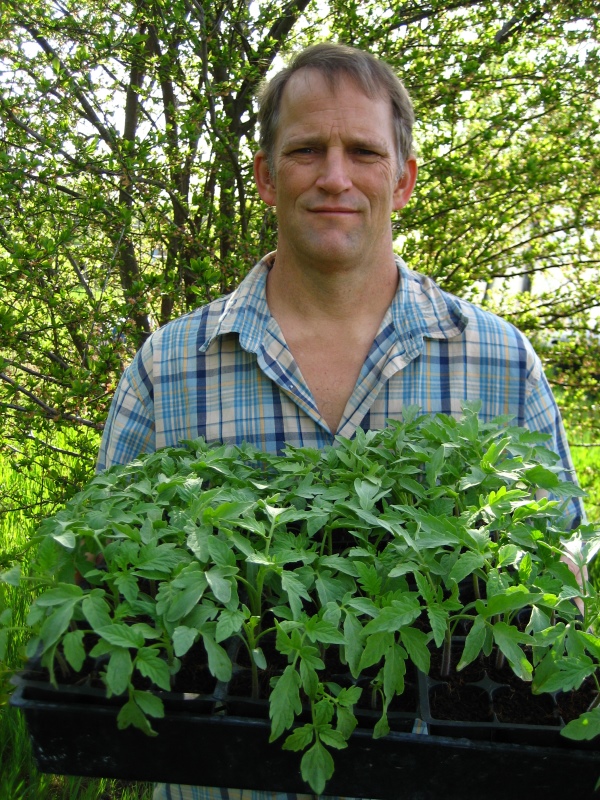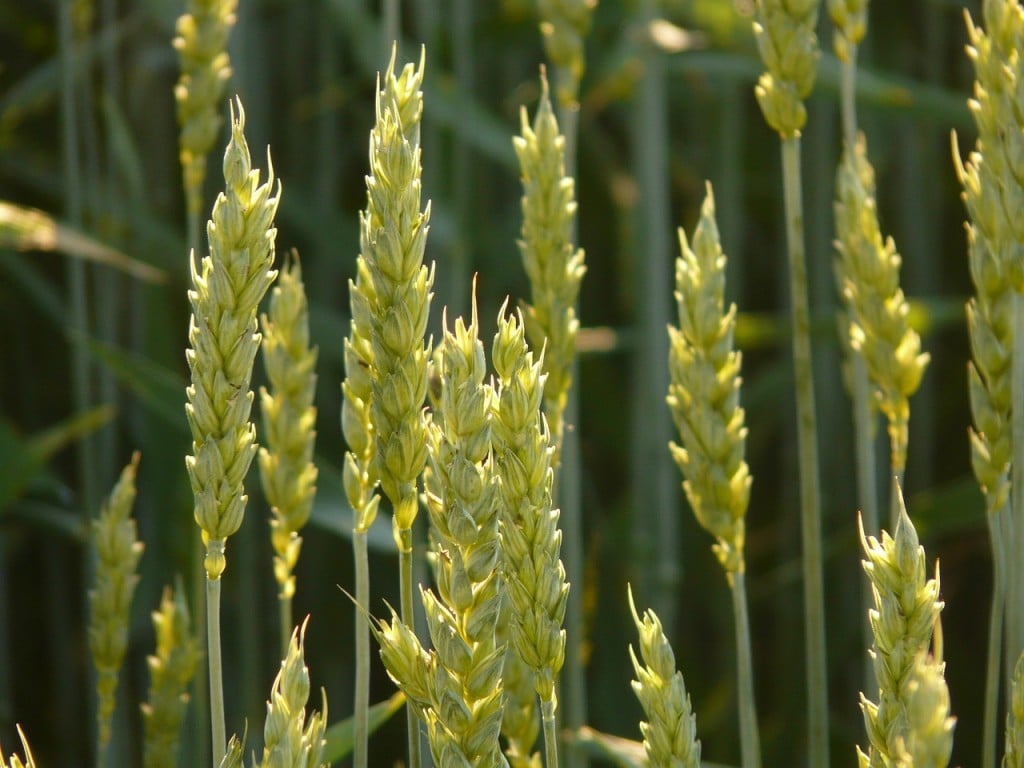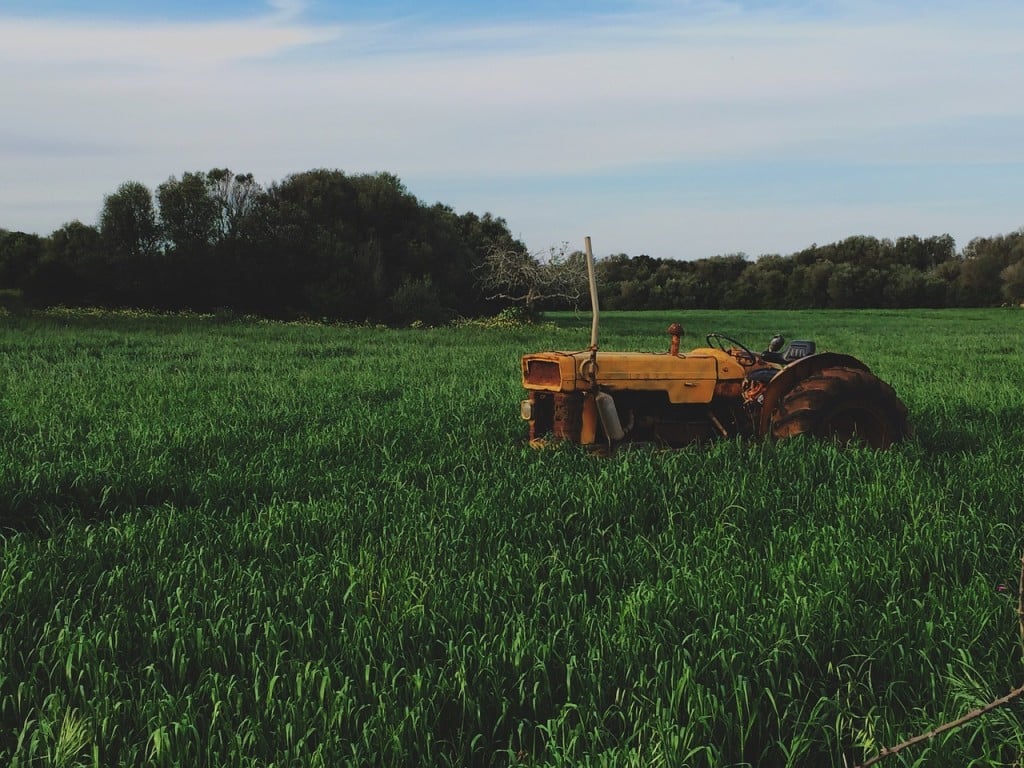
This Farmer LOVES the Spring.
Why?
The days lengthen and warm.
It also means that I get to fire up the greenhouse, mix potting soil, fill flats, and plant seeds. Lots of seeds, for summer vegetables: I will plant well over 10,000 seeds.
My organic potting soil consists of coco peat & fish meal. I water in soluble bone meal, mined sulfate of potassium, and kelp.
Coco peat comes in compressed blocks that I soak overnight in the same volume of water as the block.
I prefer coco peat over peat moss as it holds almost twice the water and is PH neutral.
Break up the soaked peat, mix in any of your organic amendments and you’re ready to fill pots.
Since I fill so many flats by hand I lay out my 6 packs in flats and use a scoop to fill the cells.
I’ll level them off, water in my water-soluble organic fertilizer, making sure that the potted soil is thoroughly soaked.

Then I’ll gently firm the soil and I’m ready to start planting all those tiny seeds that will grow up to full blown plants.
To prepare the proper depth I will press divots in each cell according to the depth needs of each type of seed.
One by one seeds are planted then covered with a layer of soil for them to await that first drink of water, so they can swell, germinate and sprout their little tiny leaves, reaching for the sun.
I get my ridiculously high germination rate through careful attention to soil temperature and soil moisture.
Heating mats can do miracles in your greenhouse. Since I am in California, fluorescent lighting works as my heat source at night and on cold rainy days, as my greenhouse is unheated.
I actually stack flats on top of the lights and cover them with pool cover bubble wrap.
It’s labor intensive but very energy efficient. Watering in the greenhouse is an art and science.
I water in the morning so that the surface of the soil and leaves can dry out. Diseases thrive in wet conditions.
You also want to be aware of the temperature of the water, not too cold and not too hot. Maintaining proper soil moisture levels is about the closest farmers come to rocket science. It takes years of study and observation.
The best tricks I can give a beginner are water uniformly in both motion and amount.
Waving a watering wand around willy nilly will not give you the best results.
After all my loving care I start to prepare all my babies to be transplanted in the field by hardening them off – exposing them to colder conditions and wind.
The planting work starts in the greenhouse 35-45 days before my last frost.
My farm is in a low spot so I also use row covers in the field. I have lots of late frost stories to tell, some tragic, some victorious.

As a professional farmer I plant successive crops to keep production rolling through the long season.
In late spring the greenhouse is covered with shade cloth to keep the temperature down, and in the summer I plant in a shade house to keep seeds and plants from cooking in the hot sun.
The spring planting season in my greenhouse is a magical time, tiny seeds sending shoots through the soil is a wondrous thing.
Small plants growing stronger every day till they are transplanted, means soon I will be enjoying the delicious fruits of my labor. I wish you success and joy in your endeavors.










